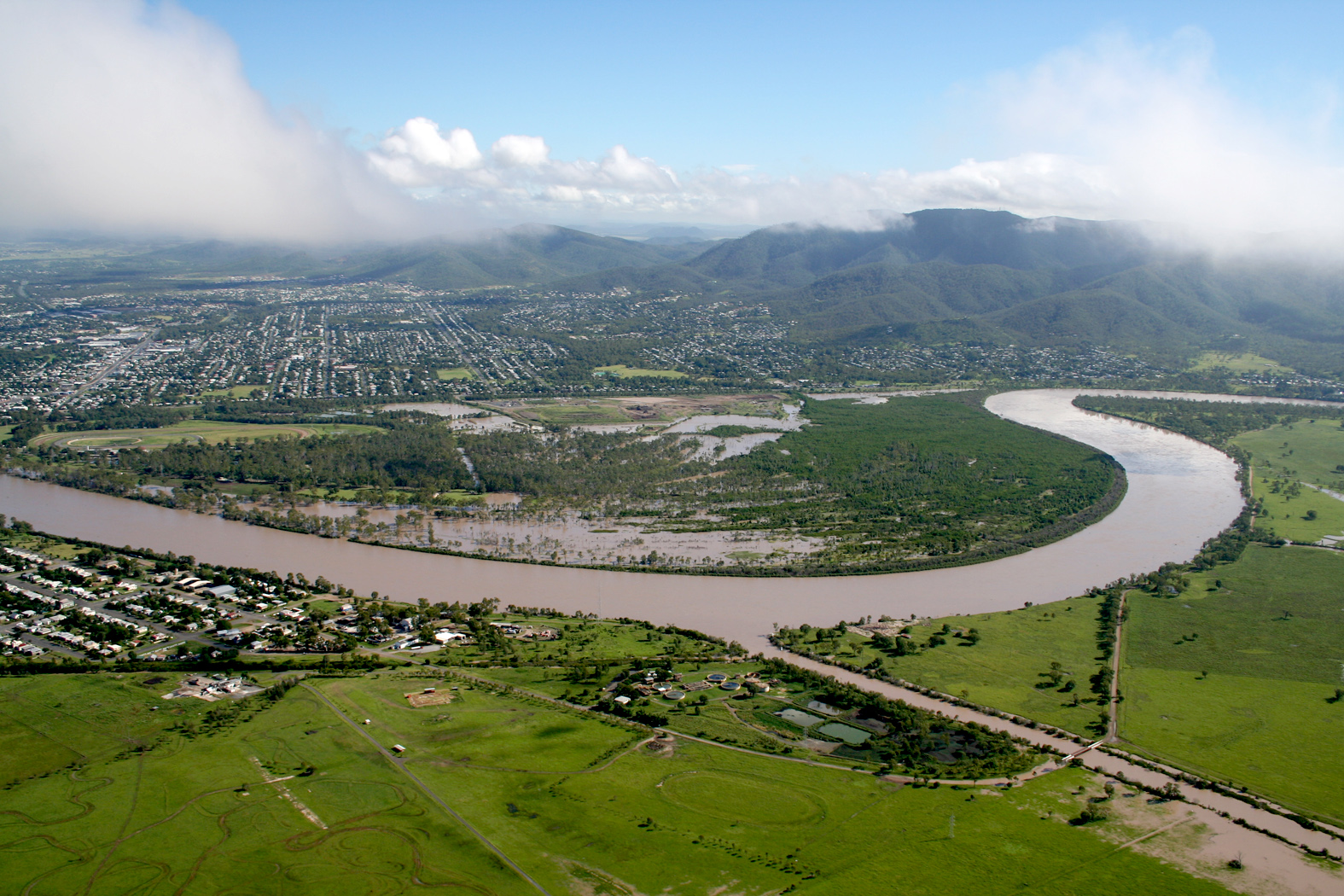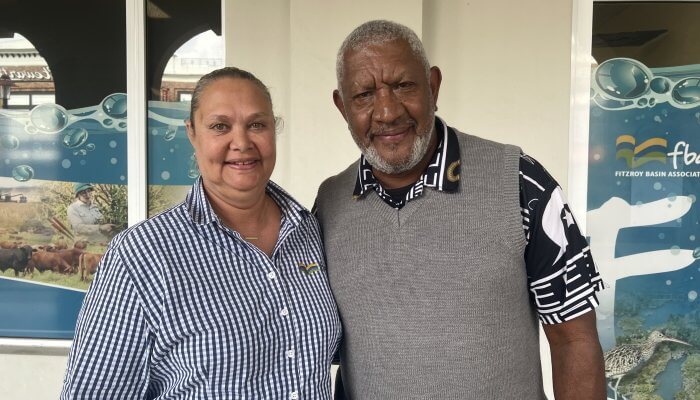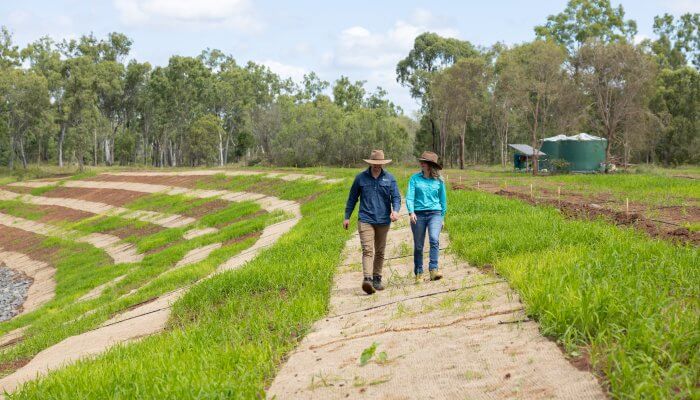
Can better grazing practices really improve water quality on the Reef?
Posted on June 20th, 2019
Graziers across the Fitzroy are working hard to better their land, but are these grazing practices improving water quality? This blog will delve into the better grazing practices currently being implemented by Fitzroy Basin Association through the Paddock to Reef program and what impact this is having on water quality.
In 2009 a Paddock to Reef Integrated Monitoring, Modelling and Reporting program was developed by the Australian and Queensland governments. This program provides a framework for evaluating and reporting progress towards Reef 2050 Water Quality Improvement Plan (Reef 2050 WQIP) targets, through the Reef water quality Report Cards. The Paddock to Reef program draws together more than 20 industry bodies, government agencies, research organisations, landholders and Natural Resource Management groups – including Fitzroy Basin Association (FBA). Together, they collectively measure and report on water quality factors that impact the health of the reef. Additionally, FBA helps landholders implement benchmarked improved grazing practices to make on-ground changes for improved water quality.
What are better grazing practices?
Grazing practices describes the way that the land is being managed by a grazier. Like all businesses, they can be managed differently resulting in varying outcomes. Better practices (aka improved management practices) are developed using industry and regional specific data to improve the business and the environment.
There are eight improved grazing management practices outlined in the Paddock to Reef Framework. They have been developed according to soil erosion and water quality risks associated with grazing land management, here’s how.
- Matching stocking rates on paddocks with long-term carrying capacity benchmarks for land types and conditions.
This practice helps keep productive perennial pastures and stops land from becoming over grazed and susceptible to erosion. - Retention of adequate pasture and ground cover at the end of the dry season.
Having good ground cover at the end of a dry season lowers the risk of erosion and increases soil health. - Strategies to recover any land in poor or very poor condition.
Healing land that is poor condition helps improve the health of the soil making it possible to create productive pastures and decreases erosion. - The condition of selectively-grazed land types is effectively managed.
This practice helps maintain or recover land in poor condition, ultimately leading to productive pastures and decreases erosion. - Timing and intensity of grazing is managed in frontages of rivers and major streams (including associated riparian areas) and wetland areas.
Reducing grazing pressures on vulnerable land types such as gullies, riverbeds and wetlands decreases the risk of erosion. - Strategies implemented, where practical and affordable, to remediate gullied areas.
Actions to remediate eroded gullies stops sediment entering waterways during rain events. - Linear features (roads, tracks, fences, firebreaks, and water points) located and constructed to minimise their risk of initiating erosion.
This manages the risk of erosion associated with man-made structures like roads, tracts and fences. - Use of agricultural chemicals
keeping track of chemical use and complying with professional fertiliser advisors’ advice ensures that chemicals do not enter waterways.
What water quality and soil erosion risks are linked to grazing land management?
Water quality depends on the chemical, physical, biological and radiological characteristics of water. Assessing these characteristics, the quality of the water can be quantified (typically from poor to healthy). All living things are dependent on healthy water. Through Paddock to Reef monitoring, it has been observed that increased sediment run-off primarily comes from grazing practices.
Sediment comes from soil that is lost through hillslope, streambank and gully erosion. This sediment is known to contain nutrients, sediments and pesticides. Absorbed and carried by water these elements make their way down gullies, into rivers and finally into our connected oceans. Water that includes nutrients, sediments and pesticides is deemed to have poor quality.
How does water quality impact the Great Barrier Reef?
When poor quality water flows from the land to the Great Barrier Reef it negatively impacts the entire ecosystem. Excess nutrients, sediments and pesticides on reefs cause algae to grow faster which clouds and darkens the water and smothers coral; affecting its reproductive and growth capabilities.
Why is it important to keep sediment on the land?
While nutrients, sediments and pesticides are bad for water quality and reefs they play an important role on land. These elements help vegetation growth, which provides a food source for animals (and humans), and lastly the animals provide a valuable protein source for humans.
The Paddock to Reef better grazing practices assist graziers to decrease erosion and increase water quality health. This is done by healing land in poor condition, creating productive perennial pastures, protecting areas naturally vulnerable to erosion, keeping track of chemical use and using structures to prevent erosion.
Land in good condition and with productive perennial pasture keeps sediment and topsoil in place. The root systems and foliage of this vegetation encourages water to seek into the land instead of running off it and talking topsoil with it contributing to dry soil conditions. This has big benefits for graziers and the reef.
If you’re a grazier in the Fitzroy NRM region and want to learn more about the Paddock to Reef better grazing practices contact us today!









